Horse meat soup
Thang Co (also known as Khau Tha or Thang Co) is a traditional dish of the H'mong people made from horse meat and horse organs. That is why many diners from far away feel hesitant when trying it for the first time.

The horse's internal organs are marinated with many spices such as cardamom, Chinese yam, anise seeds, lemongrass, cinnamon, etc. When the ingredients are ready, they are put in a cast iron pan and stir-fried until the meat is browned, water is added, and simmered in a large pan.
This Northwest specialty has a delicious, rich flavor, soft and sweet horse meat, imbued with the cultural identity of the H'Mong people.
When eating thang co, visitors often sit around the steaming pan, blowing and exclaiming, feeling the delicious, fatty taste of the bone broth and meat, the strong aroma of cardamom, spices, and the spicy taste of chili...
In the past, the traditional dish of the H'Mong people was only cooked from horse meat and intestines. Later, the dish was modified and created. There is not only horse thang co but also beef, buffalo, and pork thang co.
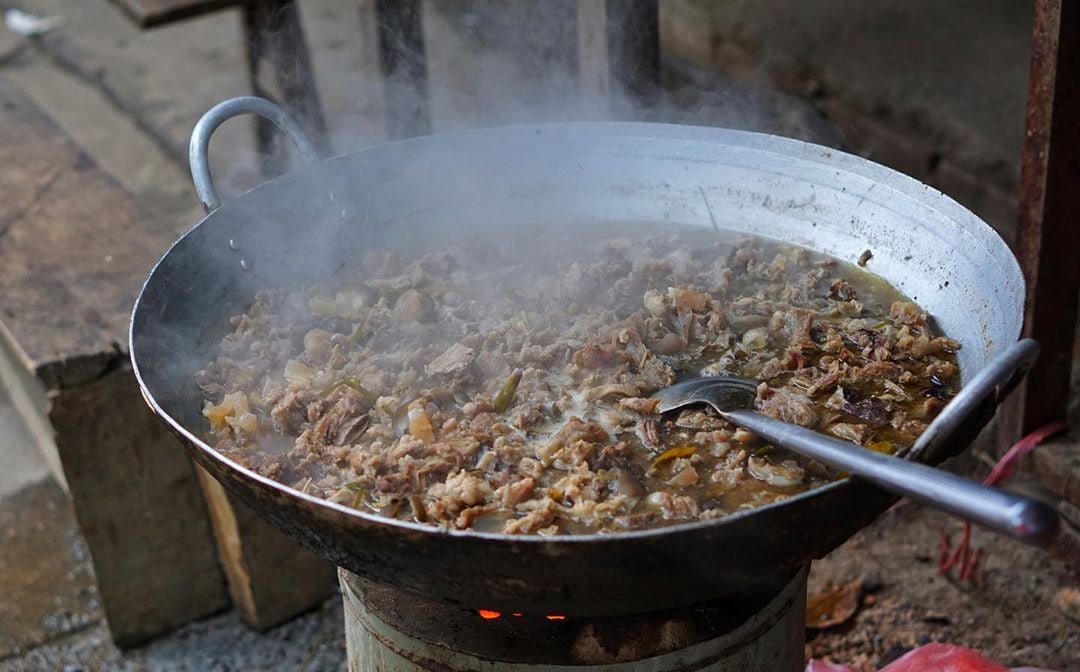
According to culinary experts, the best horse thang co is the thang co from Bac Ha cultural market. Compared to the traditional way of cooking thang co, today's thang co has also had some changes to meet the needs of most diners, especially the cleaning of horse organs before cooking.
Pa pinh top
Pa Pinh Top, also known as grilled fish with mac khen, is a famous dish of the Thai ethnic group in the Northwest region. This is a traditional dish with profound meaning, often used by local people to entertain distinguished guests visiting their home. In addition, Pa Pinh Top is also present in the meals of local people on holidays and Tet.
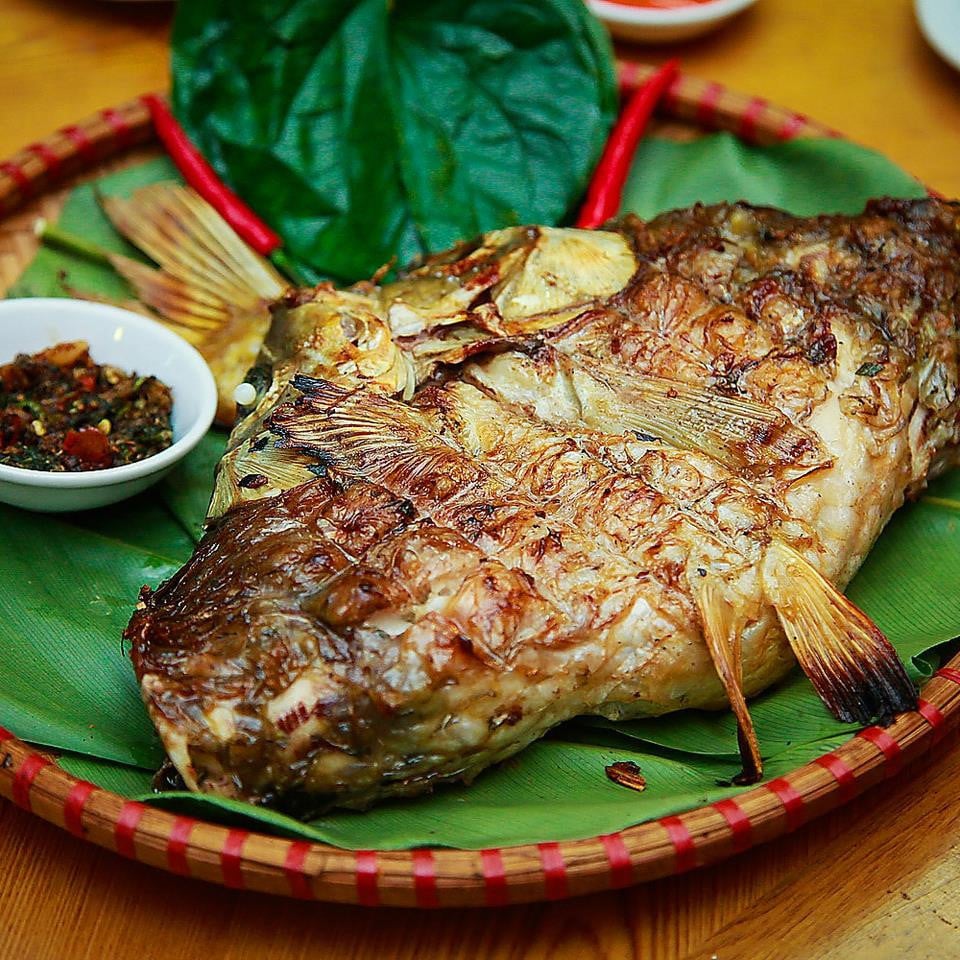
This dish is special from the way the ingredients are selected, marinated, grilled to the flavor. Pa Pinh Top combines all the sour, spicy, sweet, and bitter flavors that cannot be found anywhere else. Pa Pinh Top must be eaten hot with Cham Cheo dipping sauce, along with a little bit of herbs and spices such as coriander and chili to be authentic. The Cham Cheo dipping sauce is a combination of Mac Khen seeds, minced garlic, pepper, chili water, and coriander, which will make the dish more delicious and flavorful.
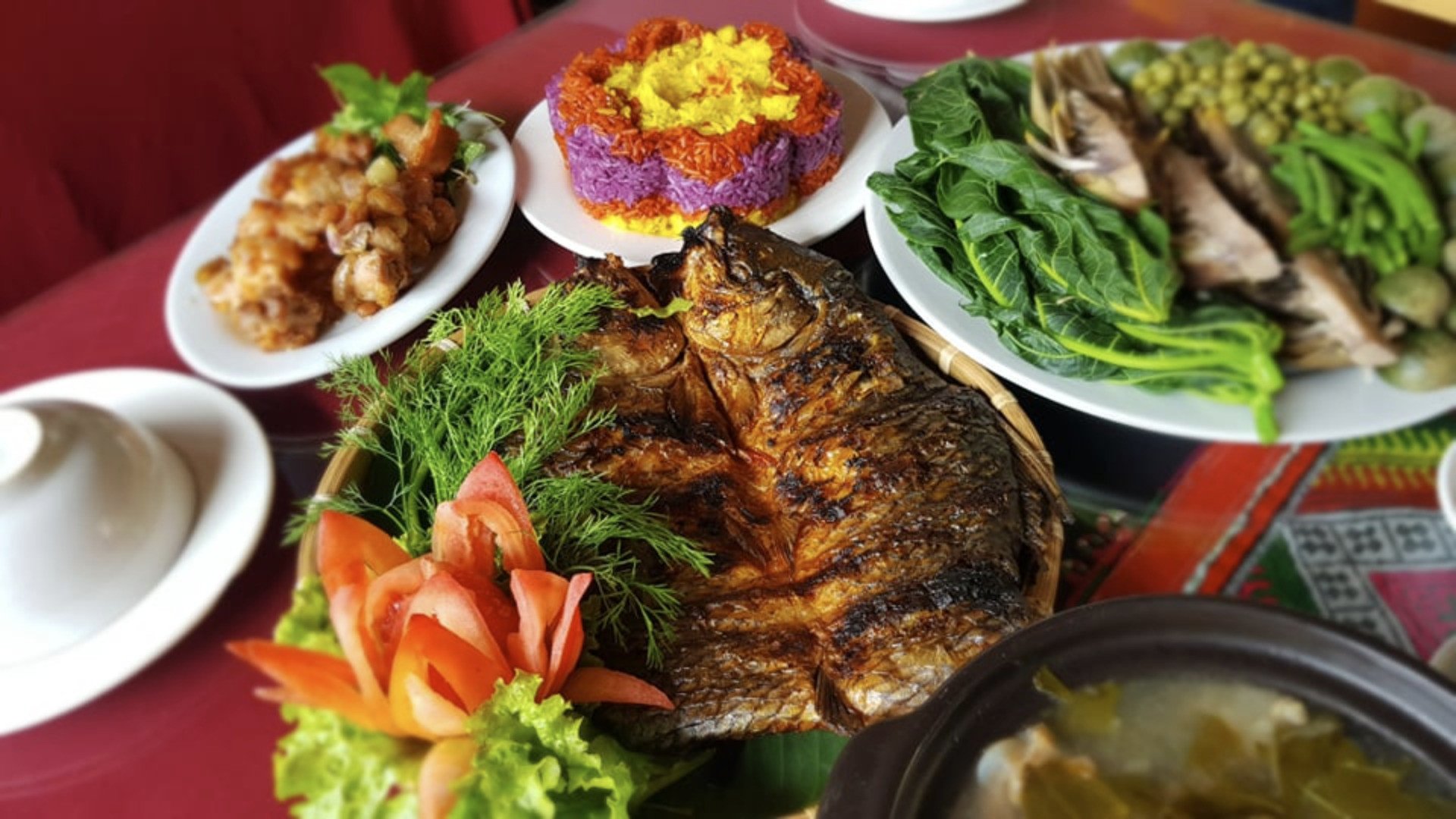
The most standard way to eat Pa Pinh Top is to drink it with corn wine, the dish will be even more delicious. The sweetness of the fish meat combined with the sour, spicy, bitter, and numbing taste on the tip of the tongue will make you remember it forever.
If you are a foodie, you definitely cannot miss the opportunity to enjoy the Northwest specialty dish worthy of the title "favorite dish" of the Thai people.
Moc Chau fried veal
Moc Chau fried veal is one of the famous specialties of Son La province. Anyone who travels to Moc Chau wants to try this dish once to fully experience the sweet and soft taste of veal raised in Moc Chau plateau.
This dish is simply fried veal (chao) and eaten with a special dipping sauce. Although not too sophisticated, once eaten, it is unforgettable.
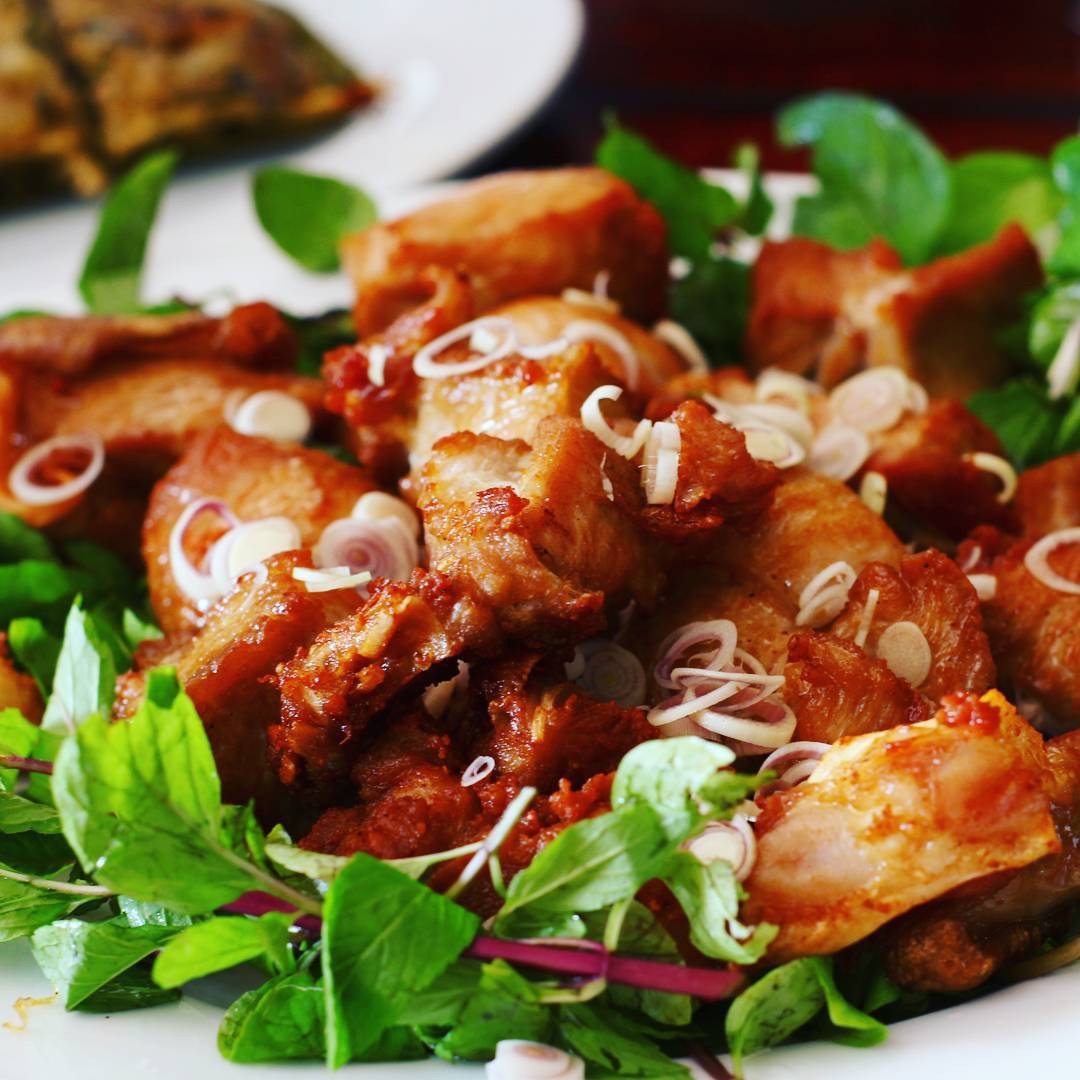
After being cleaned and deodorized, the veal will be cut into bite-sized slices or squares depending on where it is sold. However, the pieces of meat are usually small to make it easier to marinate and stir-fry on the stove.
The secret to a delicious stir-fried veal dish lies in the step of frying the veal on the stove. The cook must watch the oil just as it boils to put the veal in, stirring steadily for a certain amount of time. If the frying is too long, the veal will be tough, and if the cooking is rushed, the veal will not have time to cook.
A delicious piece of fried veal is when the outside is golden and crispy, cooked evenly, the meat inside is soft and sweet and has absorbed the marinated spices. The veal is soft and sweet, fragrant with lemongrass, with crispy skin, dipped in rich tamarind sauce, and eaten with herbs.
The dipping sauce used with veal is a thick, golden-yellow fermented bean sauce. Pick up a piece of hot veal, dip it in the rich sauce, put it in your mouth and chew, and you will fully experience the culinary quintessence of this highland region.
Nam Pia
The dish nam pia in the Northwest is a traditional delicacy of the Thai ethnic people in the highlands. “Nam” means “soup” in Thai, and “pia” is the viscous fluid in the small intestine of herbivores such as buffalo, cows, and goats, also known as feces.
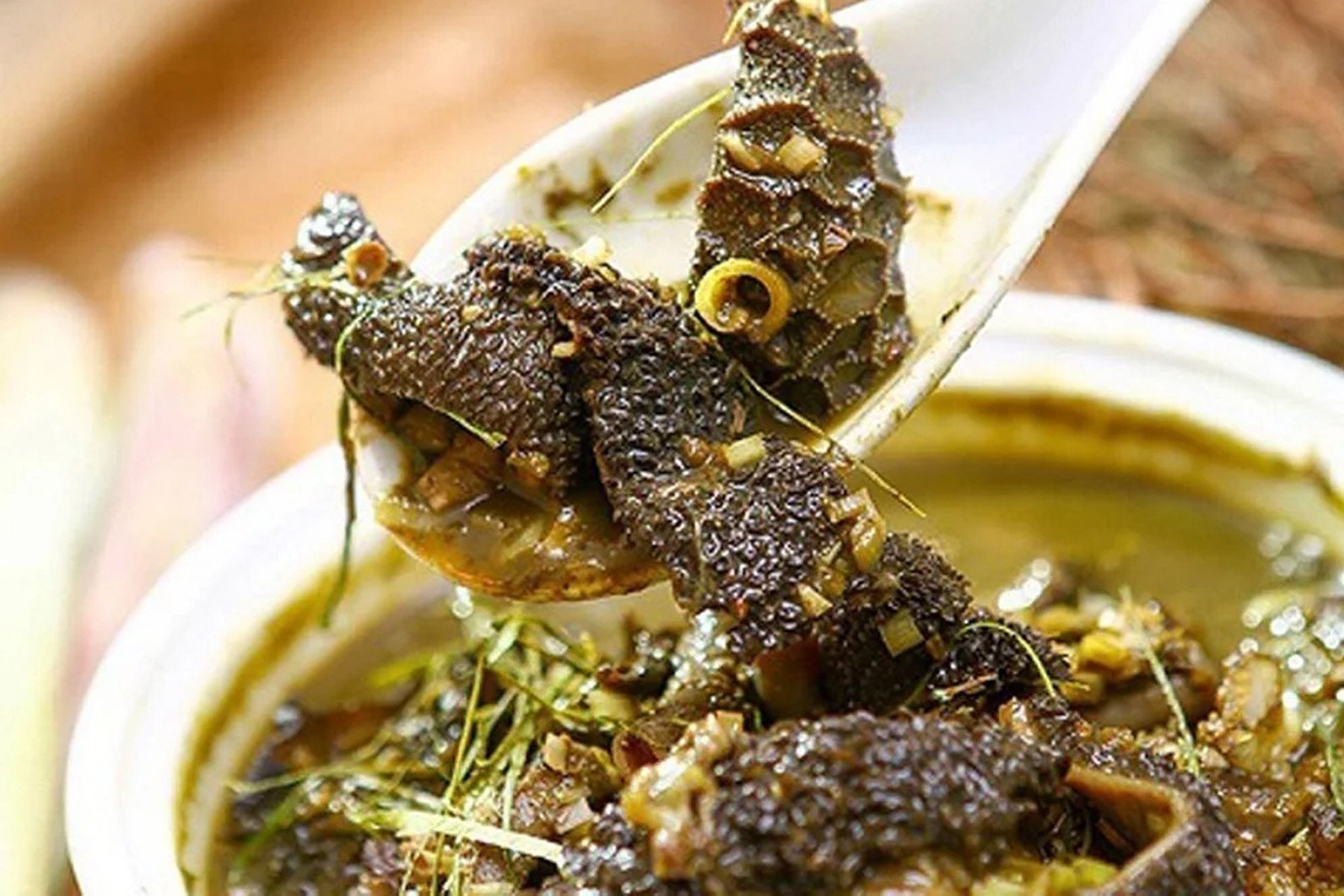
The ingredients to make this Northwest specialty dish are: Dong blood, silver music, cartilage, tail, meat, and internal organs of herbivores such as intestines, liver, lungs, and tripe.
The young fluid is the most important ingredient of the dish, and is also prepared very methodically. Initially, people choose the small intestine that has the best part of the pia, take the pia out into a bowl, then season it with special spices, add organs such as intestines, stomach, liver, lungs, etc.
To cook the Northwestern Nam Pia dish, you must have a typical spice called Mac Khen (a type of seed that creates a spicy and aromatic flavor like pepper in the lowlands) along with many other spices such as lemongrass, chili... In particular, people also add honey and bitter leaves to create a unique flavor for the Nam Pia dish.
The bones are simmered for many hours until the broth is sweet and rich enough, then the pia and other internal organs are added and simmered until it thickens, which is a success. Some tourists shake their heads when they see nam pia for the first time, then try it, and gradually become addicted to this dish without realizing it.
Grilled fish from Da River
The Muong ethnic people who have lived in Hoa Binh for a long time have many delicious, unique traditional dishes. Among them, grilled fish from the Da River makes diners from far away extremely excited.
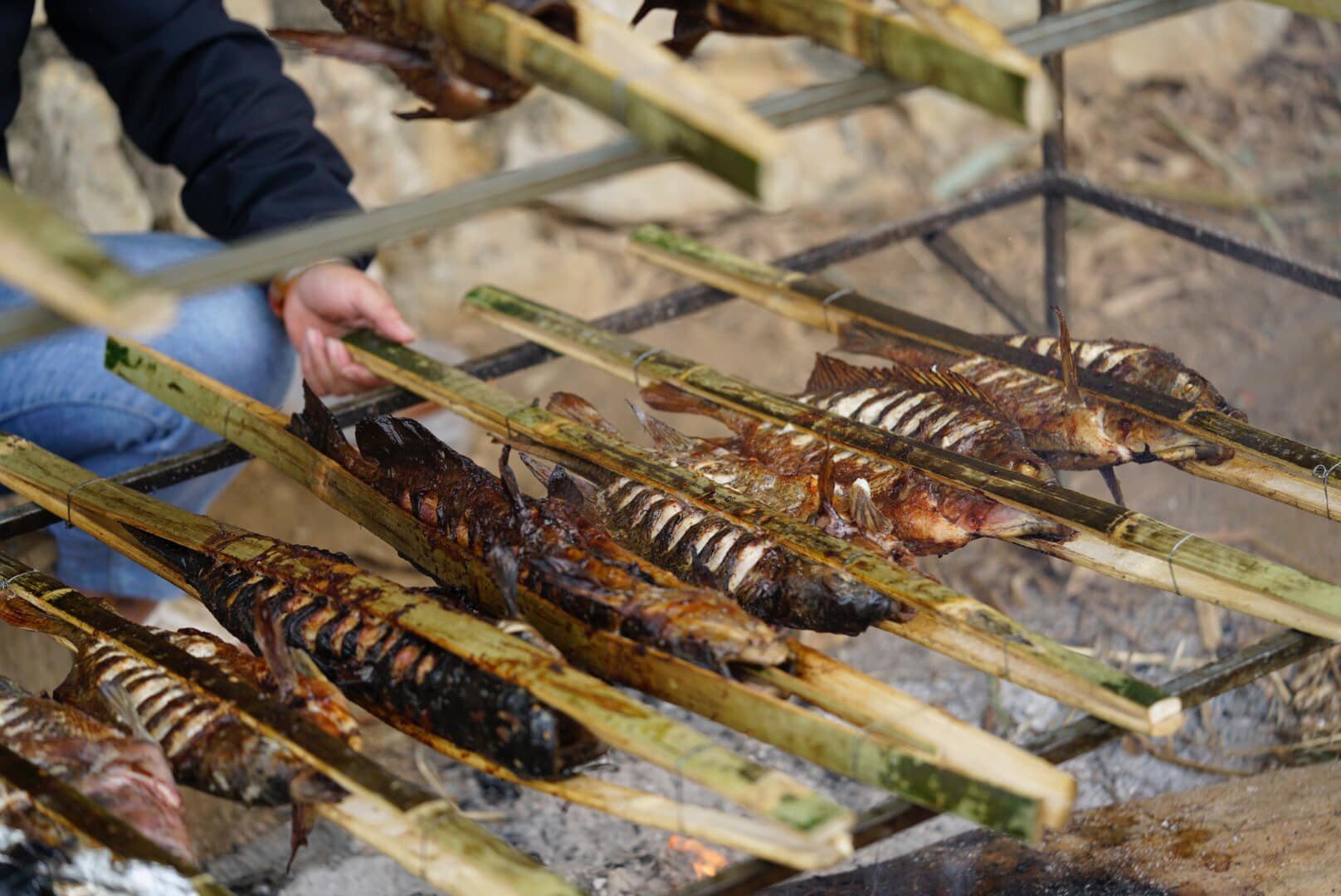
The Da River is famous for its abundant aquatic resources, famous for many delicious fish such as silver carp, black carp, catfish, catfish, etc. Grilled Da River fish is a famous dish far and wide, especially during the flood season - September and October every year. The fish here live in a natural environment, eating plankton floating along the water, so the meat is firm, fragrant, sweet, and low in fat. According to the experience of the sellers, to choose grilled fish, the first condition must be fresh fish. The silver-skinned fish that sparkle in the water are brought up to be cleaned, clamped in small bamboo sticks, drained, then dried in the sun until they shrink, then grilled until golden brown on charcoal.
When visiting many villages in Hoa Binh, tourists are easily attracted by the image of rows of grilled fish stalls, always glowing with red coals, with a fragrant aroma. All types of fish are salted, and the more elaborate houses are marinated with spices such as ginger, lemongrass, galangal, onions, and anise seeds. When grilling, the cook must constantly fan the coals and turn the fish, so as not to burn the edges or let too much smoke overwhelm the natural aroma.
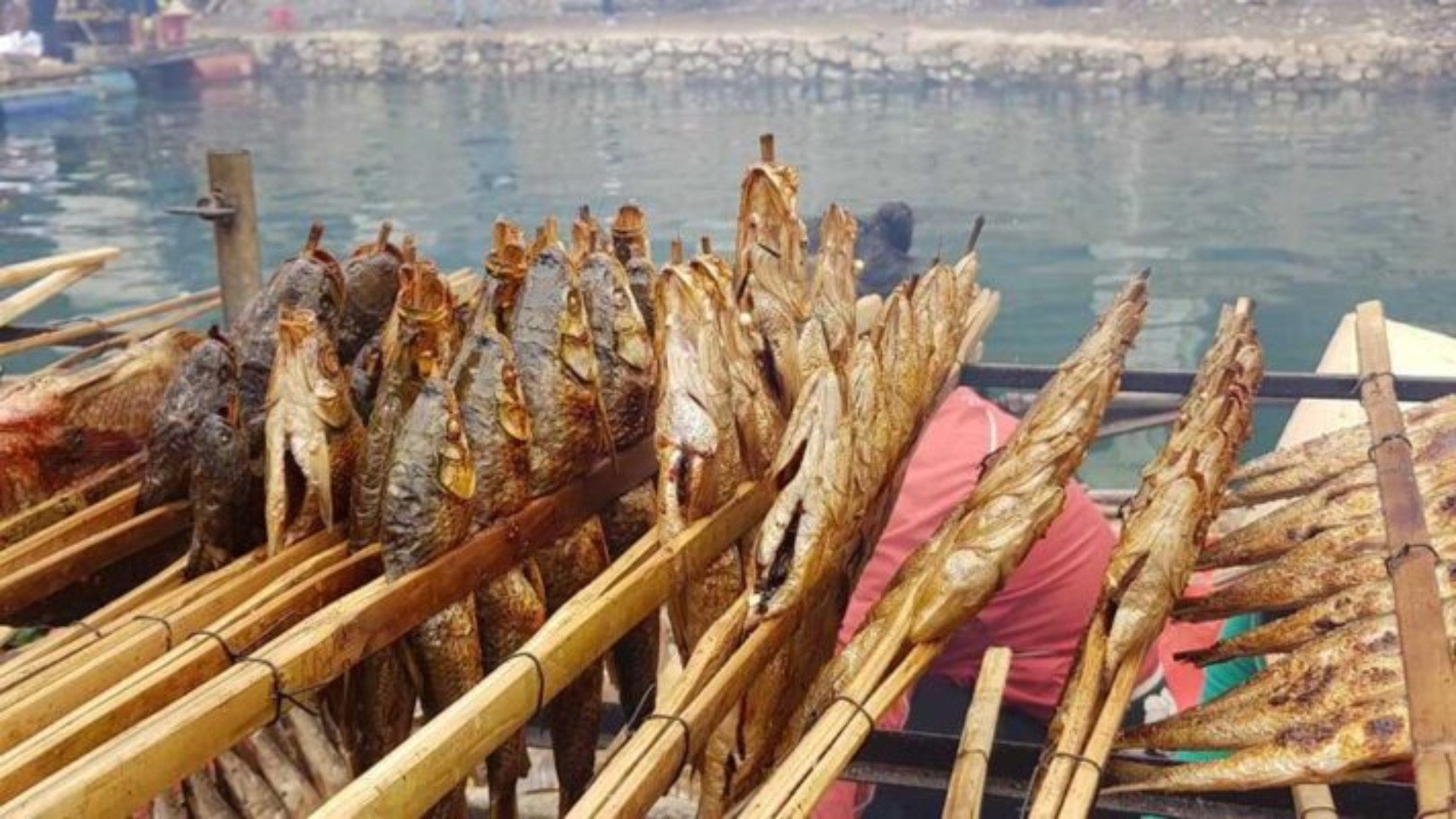
As has been the custom of the Muong people of Hoa Binh from ancient times to the present, grilled fish must be served on banana leaves to retain the characteristic aroma of the fish meat. If customers order to take away, people will wrap the fish in banana leaves, then line the outside with a layer of aluminum foil or newspaper. To ensure freshness, sellers often advise customers to eat the fish on the same day, and not to store grilled fish in the refrigerator because the fish can easily become dry and bitter.
Grilled fish from Da River is considered one of the specialties that attracts tourists when coming to Hoa Binh.
Buffalo skin salad
Buffalo skin salad is a rustic dish of the Thai people in the Northwest. When prepared, buffalo skin salad is not only a delicious dish but also shows the sophistication of the people in the remote Northwest mountains.
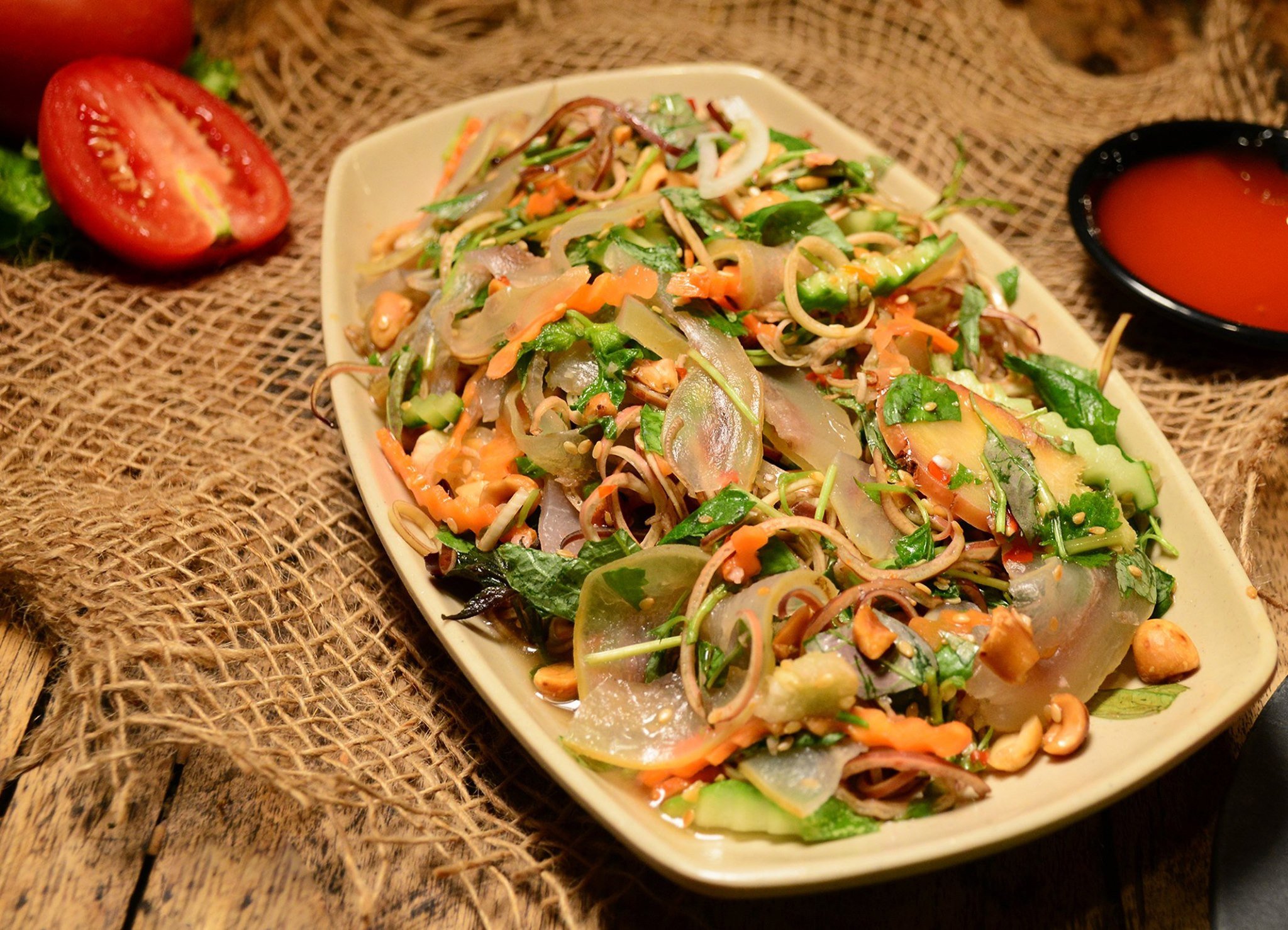
Because it is made from special ingredients, this dish requires a lot of effort and skill. After peeling off the skin, it must be heated over a fire to remove the thick, hard hair. The outer black skin must be carefully scraped off before being put into a pot to boil for about an hour. To make the skin crispy and chewy, it must be soaked in cold water before being sliced into thin pieces.
Like many other salads, sourness is the main flavor, but Thai people do not use vinegar or lemon but use bamboo shoot juice. The buffalo skin is skillfully sliced into thin, even pieces, soaked in sour, cool bamboo shoot juice. After soaking, the buffalo skin has a light yellow color, very beautiful to look at.
A truly flavorful salad must have all the local ingredients and spices: wild canarium fruit, mac khen seeds, Vietnamese coriander, Vietnamese coriander, herbs, roasted peanuts, etc. Each ingredient is a little bit, but blends well together to create the unmistakable flavor of the Northwest mountains and forests.
Buffalo jerky
It is no exaggeration to say that smoked buffalo meat is a national specialty of the Northwest mountainous region. It is a common dish of the Black Thai people in the northern highland provinces. This dish is often made from the muscle meat of buffaloes that roam freely in the mountains and hills, so it is delicious and fragrant, the meat fibers are not soft or loose.
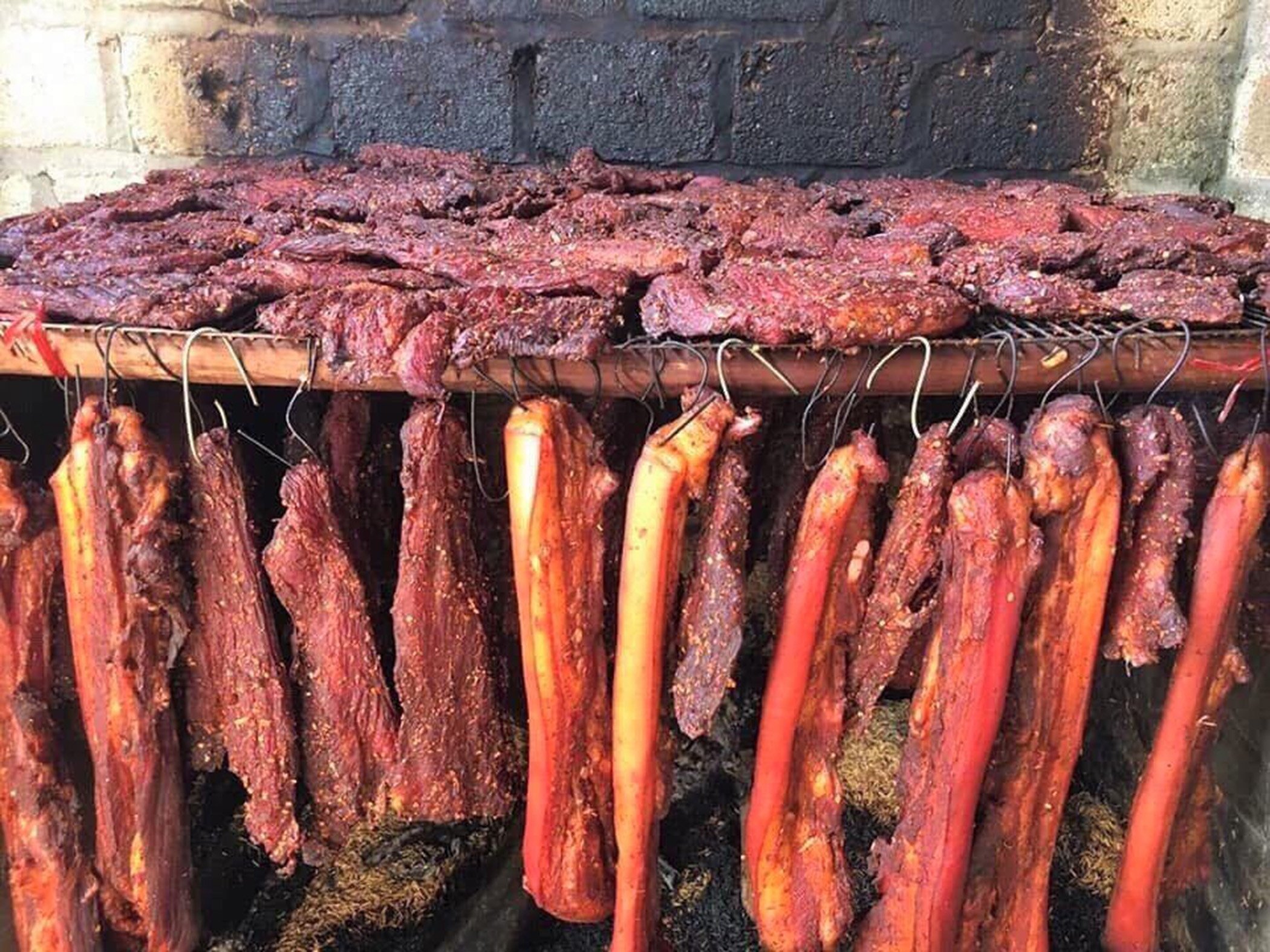
Making buffalo jerky is not difficult but requires a lot of effort. People cut large pieces of meat (you can choose the tenderloin, shoulder, or back of the buffalo) and then divide the meat into pencil-shaped pieces. Next, slice along the grain and marinate the meat with chili, salt, ginger, forest leaf water, and mac khen (forest pepper) and hang it on the kitchen shelf to smoke until it is shiny black, then dry it for preservation.
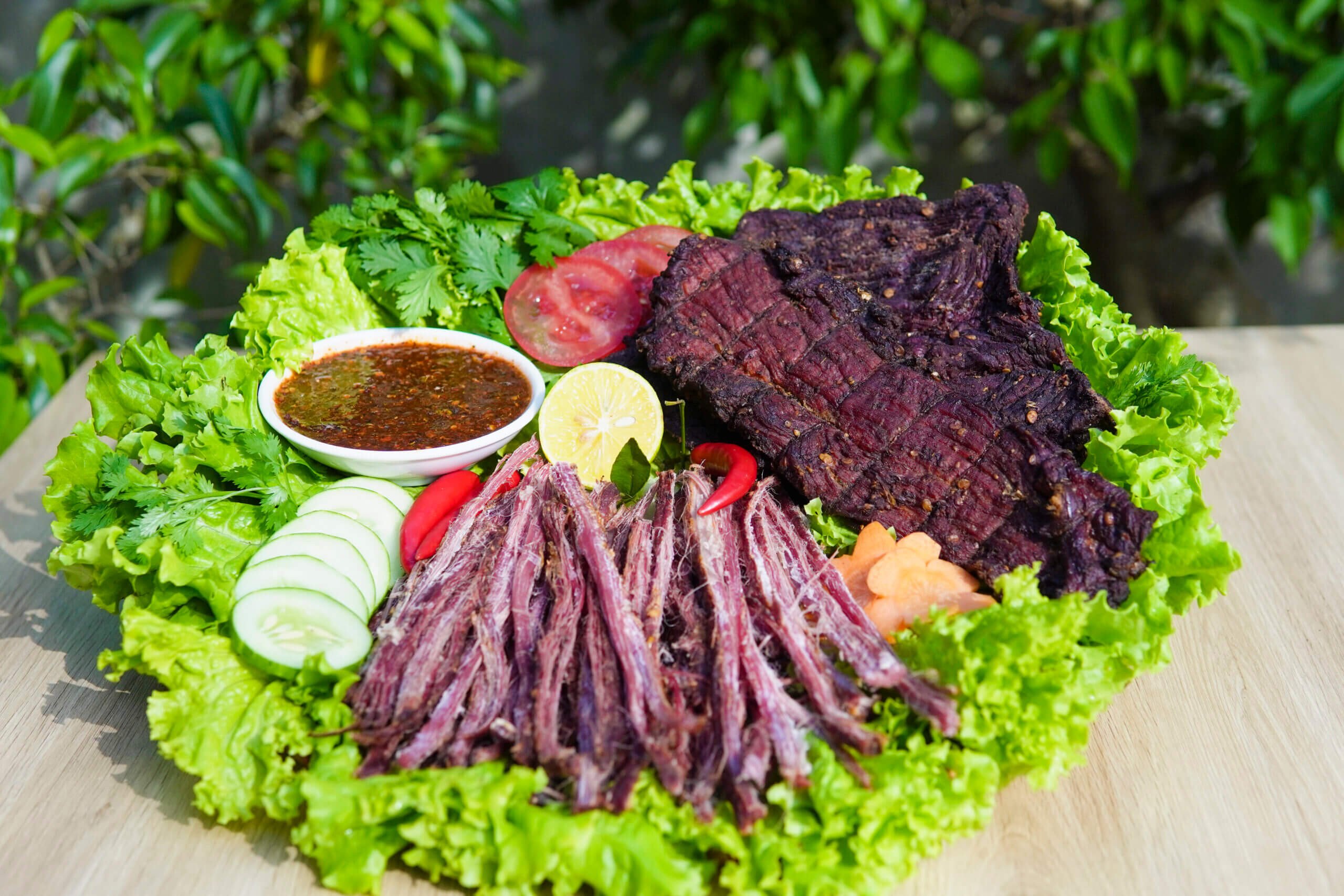
Smoked buffalo meat has a salty taste and a characteristic pungent smoky smell mixed in every piece of meat. Therefore, it is very picky about the eater, one must be very delicate to sip each piece of buffalo meat to be able to fully enjoy the deliciousness and quality of this specialty.
Source


![[Photo] Prime Minister Pham Minh Chinh chairs conference on anti-smuggling, trade fraud, and counterfeit goods](https://vphoto.vietnam.vn/thumb/1200x675/vietnam/resource/IMAGE/2025/5/14/6cd67667e99e4248b7d4f587fd21e37c)





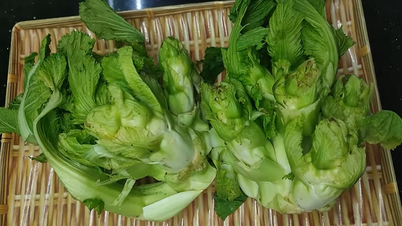
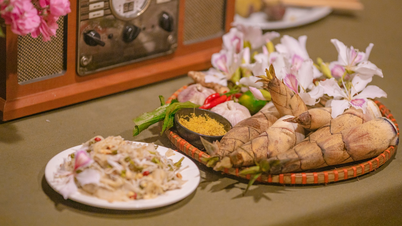
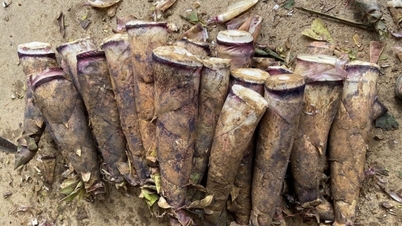

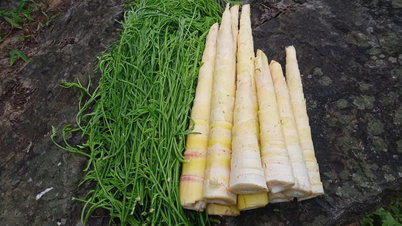
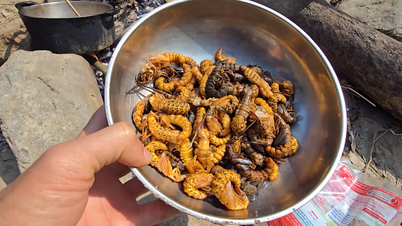
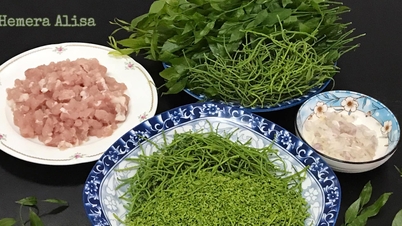



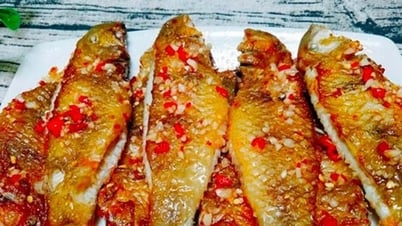
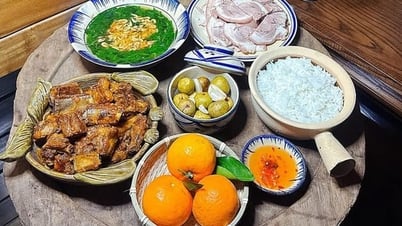
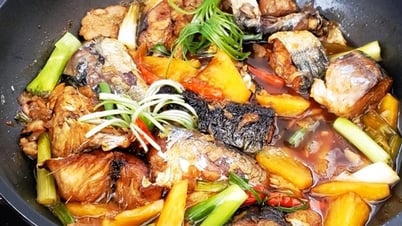


























































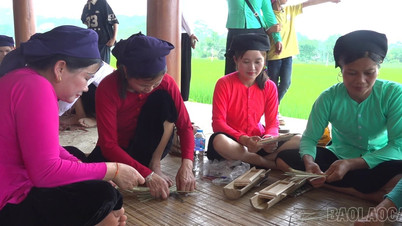


















Comment (0)